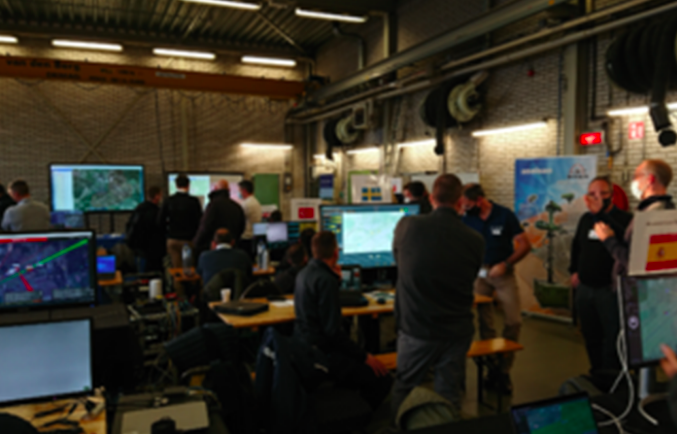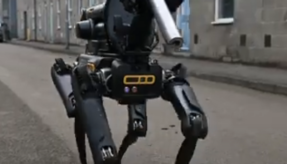
SAPIENT successfully facilitated more than 70 connections between systems during technical interoperability exercise, leading to widespread industry adoption.
Originally developed by the Defence Science and Technology Laboratory (Dstl) and Innovate UK, SAPIENT is an open software architecture that helps different sensors, interfaces and decision-making modules work together with little or no software engineering, and can improve efficiency through use of autonomy.
With the misuse of small, widely available drones representing a significant and growing risk to operations and day-to-day defence activity, NATO is working with industry to develop capabilities to counter this threat, and in November 2021 undertook a trial of various counter-drone technologies and systems. The counter-uncrewed air system technical interoperability exercise (C-UAS TIE 21) included testing SAPIENT’s Interface Control Document (ICD) as a candidate draft standard for counter-drone systems.
During the demanding air defence exercise, SAPIENT proved highly successful in providing the standard for underlying information exchange.
It enabled more than 70 connections between counter-UAS (uncrewed air systems) and Command and Control (C2) systems. It also facilitated 17 advanced autonomous sensor modules (ASM) from different vendors to connect to 7 decision-making modules (DSM). Impressively, in some cases this connection was completely plug-and-play, achieving zero-second integration time.
As a result, many suppliers of counter-drone technology have now adopted the SAPIENT standard. It has already been adopted by MOD as the standard for counter-UAS technology.
David Lugton, Dstl Project Technical Authority for counter-UAS systems, said: “NATO TIE adds to the recent success of the SAPIENT deployment at Contested Urban Environment 2021 and builds on its adoption in the UK MOD C-sUAS Strategy.
“The widespread voluntary adoption of SAPIENT by industry across NATO was highly impressive, paves the way to an open commercial market of SAPIENT compliant C-UAS components and places the architecture as a crucial enabler as the demand for rapid C-UAS interoperability increases across the NATO nations.”
By providing a common standard for interfacing sensing, effector, fusion and C2 element, SAPIENT facilitates the use of autonomy and reduces the workload on operators. And by using the openly-available SAPIENT Interface Control Document, suppliers and partners can ensure they develop compatible modules, making integrations between systems quick and easy.
Dstl’s Professor Paul Thomas said: “Zero-second integration is really important. Rather than spending months or years developing a system, by which time the threat has changed or gone away, you can simply click together these pieces and they just work at deployment time. So you can respond to a new or an emerging threat by integrating the pieces you need at the time you need them.”
image © Crown Copyright
If you would like to join our community and read more articles like this then please click here.







